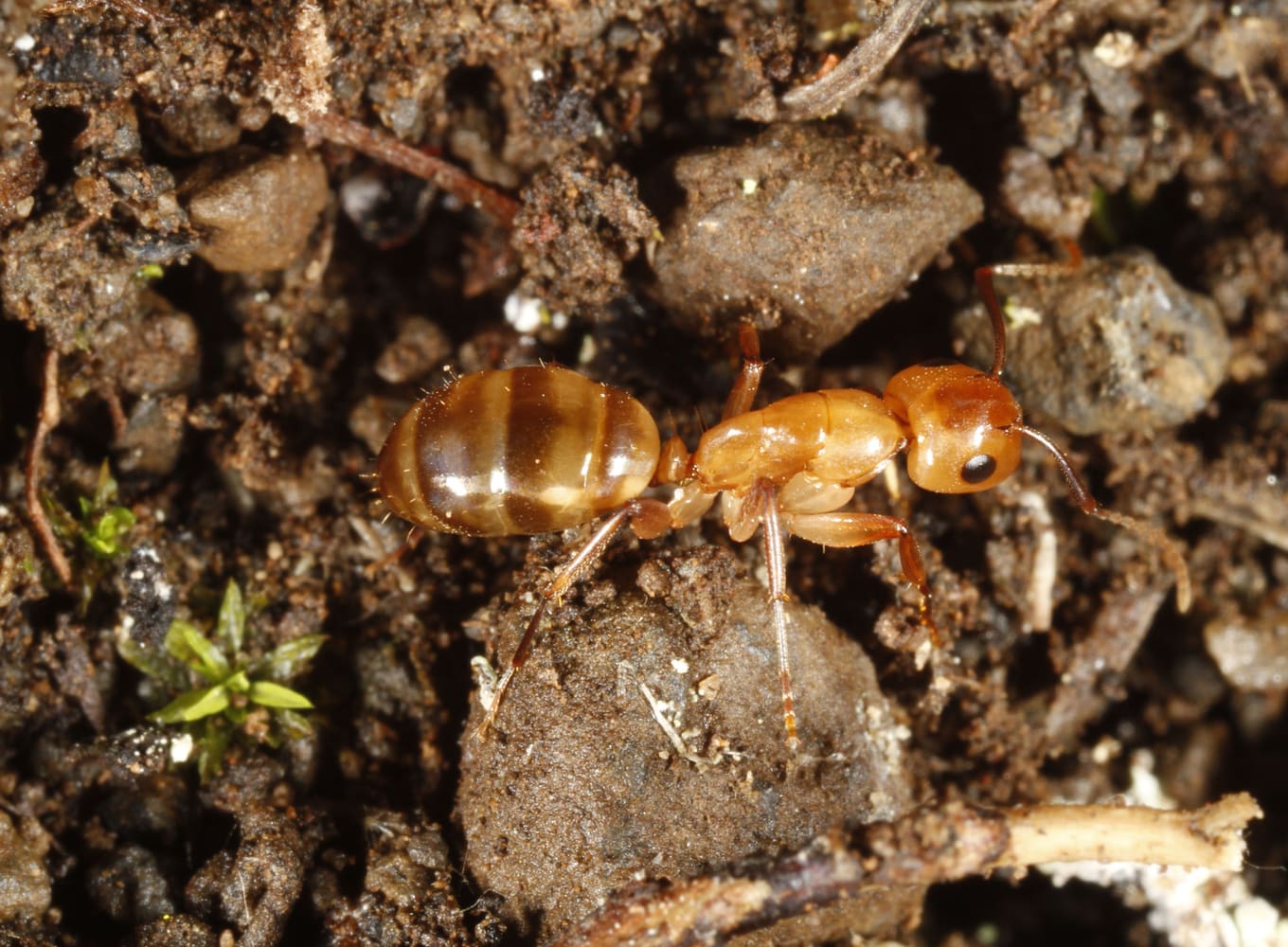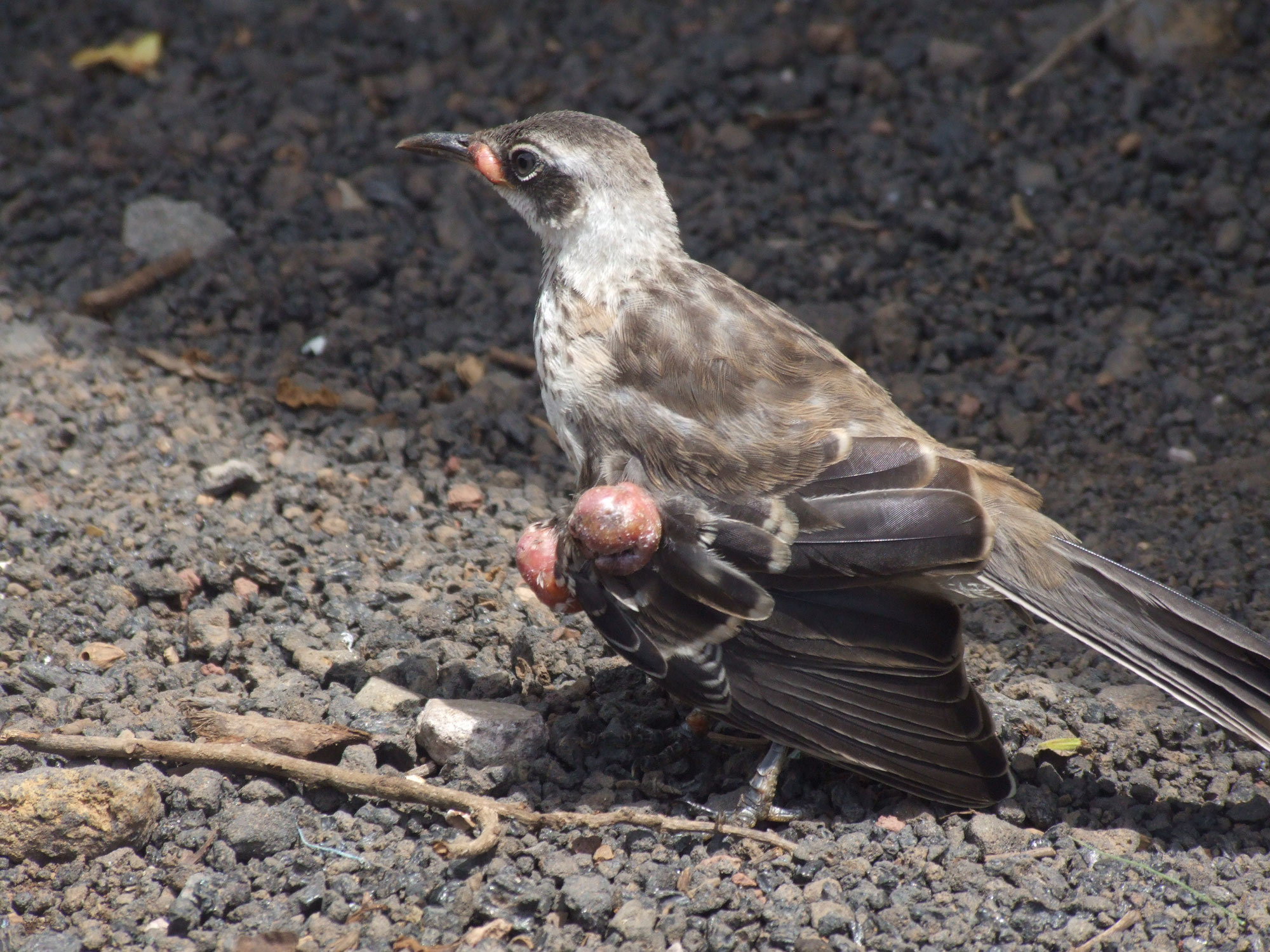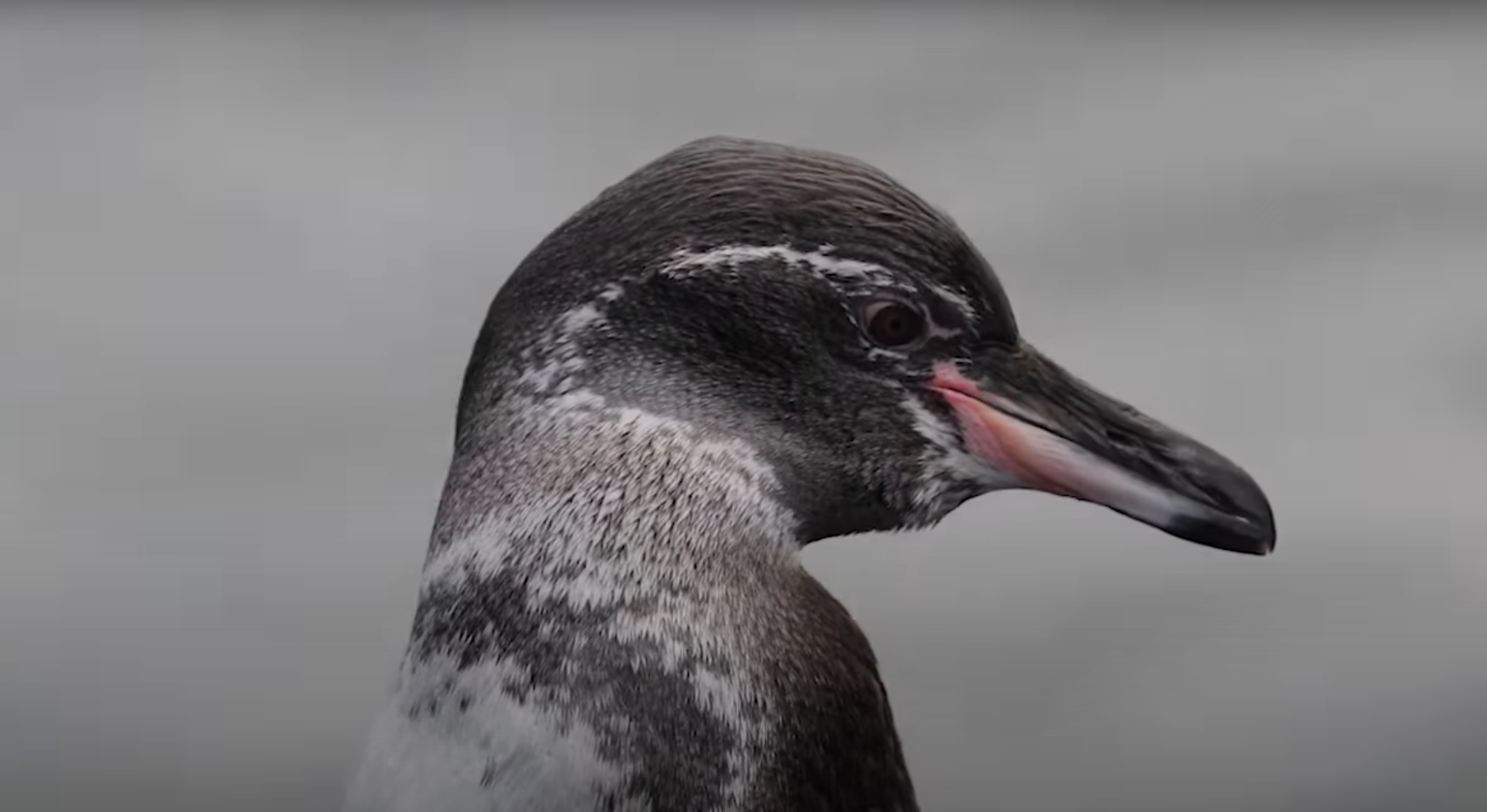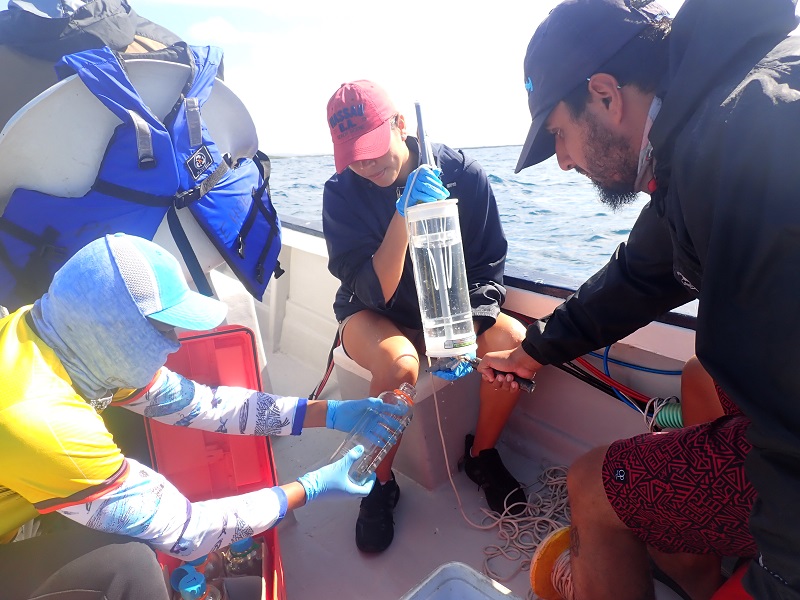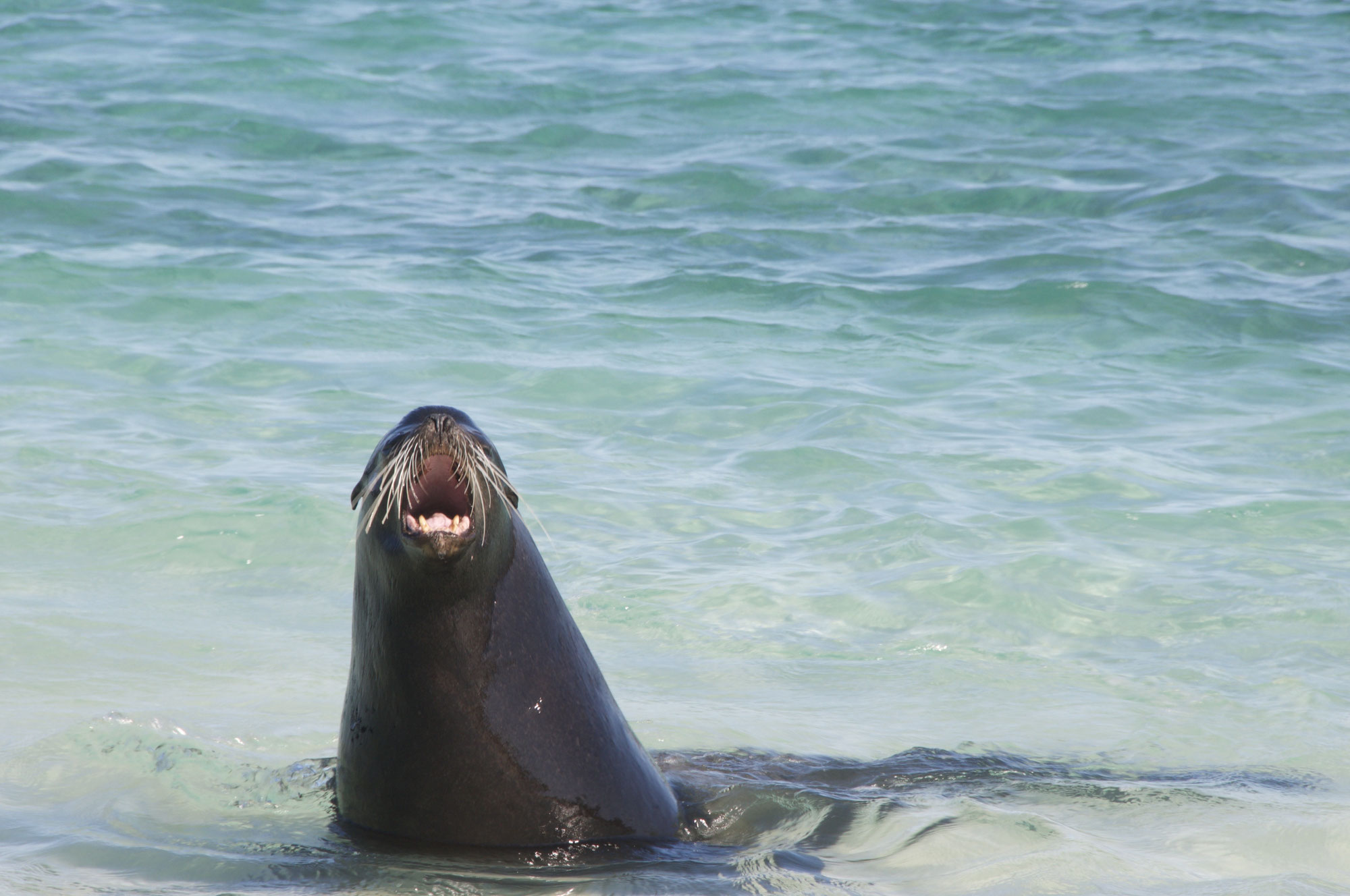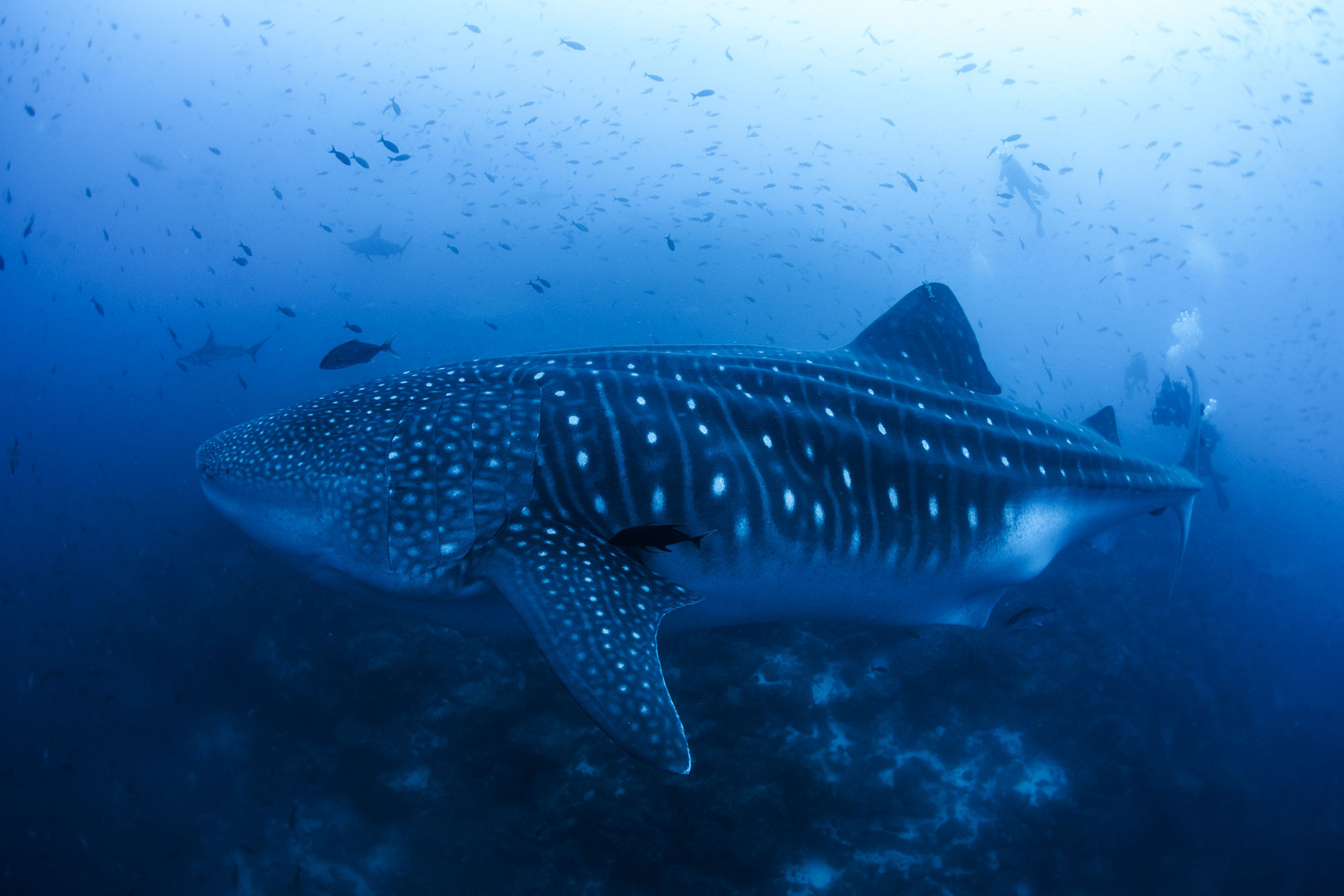Current Projects
Current Projects · 08.02.2025
The Galápagos Islands are a unique place where evolution and biodiversity can be experienced like nowhere else on earth. One of its rarest and most fascinating inhabitants is the Pink Land Iguana (Conolophus marthae), a species that was only scientifically described in 2009. With its unique coloration and history, this iguana is a living fossil, but also a symbol of the fragility of nature.
Current Projects · 15.09.2024
There are currently no protected insect species on the Galápagos Islands. However, several endemic insect species live here, including several species of carpenter ants. These ants are unique to the Galápagos Islands. Protecting them and studying their biology is crucial to preserving the islands' unique biodiversity. The Galapagos Ant Project is a pioneering research project dedicated to this important task.
Current Projects · 28.02.2024
The Galapagos Islands are world-famous for the large number of endemic species found only there. This applies not only to the fauna, but also to the flora of the archipelago, which has fortunately remained virtually intact. Only three endemic plant species are currently considered extinct.
Current Projects · 10.09.2023
Les tortues géantes des Galápagos, légendaires pour l'archipel, ne sont pas les seules à être menacées d'extinction. Leurs cousines, les tortues de mer, sont également en danger, selon l'Union internationale pour la conservation de la nature (UICN).
Dans les Galápagos, on voit le plus souvent la tortue de mer verte du Pacifique (Chelonia mydas). Selon l'UICN, cette espèce de tortue de mer est menacée d'extinction en raison de la baisse de sa population.
Current Projects · 06.02.2023
The land birds of the Galápagos Islands are particularly close to our hearts, as the latest counts by Birgit Fessl and her team have unfortunately confirmed the assessment of the International Union for Conservation of Nature (IUCN) that half of all land bird species in the archipelago are currently endangered. After Floreana Island, Santa Cruz Island has seen the sharpest decline in population.
Current Projects · 18.09.2022
The Galapagos Islands are home to many animals that are synonymous with the islands. The most famous are certainly the giant tortoises that gave the archipelago its name. Many bird species are also endemic, meaning that they can only be found on the Galapagos Islands. We are all familiar with various species of finches or mockingbirds, thanks to the many projects we support.
Current Projects · 11.02.2022
Die Galápagos-Inseln sind ein einzigartiger Ort, bekannt für ihre endemische Artenvielfalt und ihre Bedeutung für den Naturschutz. Doch wie viele andere Ökosysteme weltweit stehen sie vor Herausforderungen. Um den Schutz der Inseln auf eine neue Ebene zu heben, wurde das Projekt Barcoding Galápagos ins Leben gerufen – eine Initiative, die Wissenschaft und Gemeinschaft miteinander verbindet.
Current Projects · 12.09.2021
The Galapagos Marine Reserve (GMR) is one of the most biodiverse marine areas in the world and was established in 1998 to address concerns about declining fish stocks and to protect against the impacts of longline fishing. It covers an area of 133,000 km2 and was the second largest marine reserve in the world when it was established. It is now the 33rd largest.
But despite major efforts to conserve its impressive underwater world, it remains under threat.
Current Projects · 04.02.2021
Marine iguanas look very primitive and rather repulsive to many people. Even Charles Darwin described the lizards as “hideous creatures” and “stupid and clumsy.” But if you spend a little time with these animals, it is hard to resist their fascination.
Current Projects · 16.09.2020
Whale sharks are the largest fish in the world, found in all tropical and subtropical oceans and can reach lengths of up to 20 m. They feed mainly on plankton, but also on squid, small and medium-sized fish, and crustaceans, which they catch in the upper layers of the water with their huge mouths and filter out of the water. Whale sharks reproduce by laying eggs that mature in the uterus. This is also where the young whale sharks hatch and are born alive.


